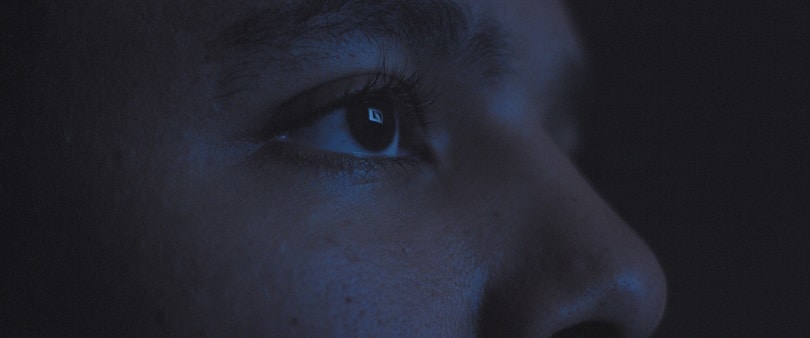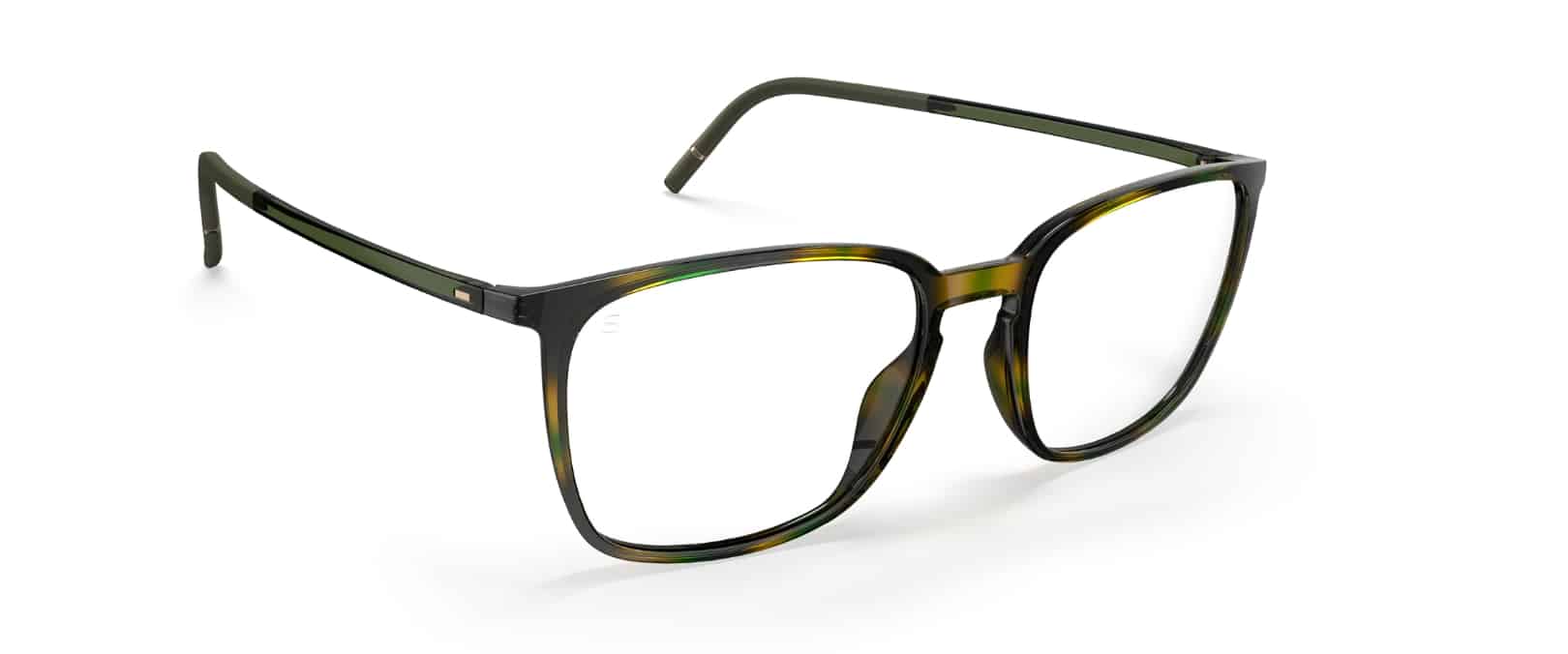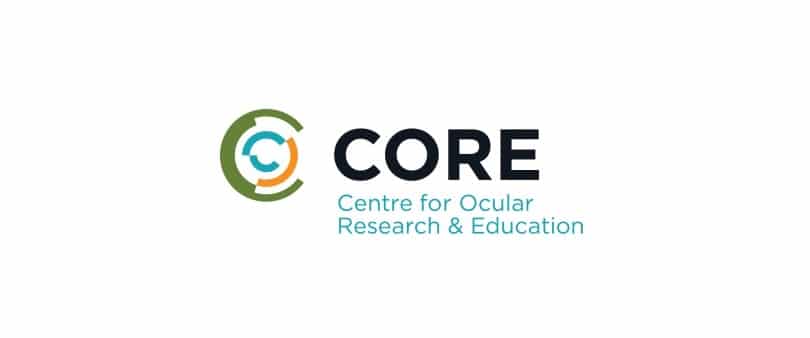A Cancer Treatment Causes Side Effect of Night Vision
Wednesday, April 15 2020 | 13 h 44 min | Vision Science
Research published in the Journal of Physical Chemistry Letters explained why photodynamic cancer therapy causes night vision in patients. Photodynamic therapy is a form of cancer treatment that uses light to destroy malignant cells. The interesting side effect patients have reported is night vision seen as silhouettes and outlines in the dark. Only now have researchers discovered the mechanics of this phenomenon.
The Mechanics of Night Vision
Photodynamic therapy involves injections of chlorin e6, a photosensitive compound. It’s the reaction between chlorin e6 and rhodopsin in the retinal photoreceptors rods that causes the apparent night vision to occur. Normally we see with visible light because of a compound in our eye called retinal being triggered by visible light. After triggering, retinal separates from rhodopsin, a light-sensitive protein in the retinas of our eyes, and an electrical signal is transmitted to our brain to interpret what we see. In the case of night vision seen by these cancer patients, infrared light combined with the chlorin e6 changes retinal in the same way it does under visible light conditions. “This explains the increase in night-time visual acuity,” chemist Antonio Monari, from the University of Lorraine in France tells CNRS (French National Centre for Scientific Research).
Using Molecular Simulation to Understand Chemical Reactions
The researchers used molecular simulation to model the movements of individual atoms as well as the breaking or creating of chemical bonds. It took several months of testing various simulations with millions of calculations before it was able to accurately model the chemical reaction caused by infrared radiation. “For our simulation we placed a virtual rhodopsin protein inserted in its lipid membrane in contact with several chlorin e6 molecules and water, or several tens of thousands of atoms,” Monari told CNRS.
Molecular simulation is a powerful tool and can help us better understand fundamental mechanisms. For example, it can help understand why certain DNA lesions are better repaired than others and help select the best therapeutic molecules by mimicking their interaction in a simulated model.








